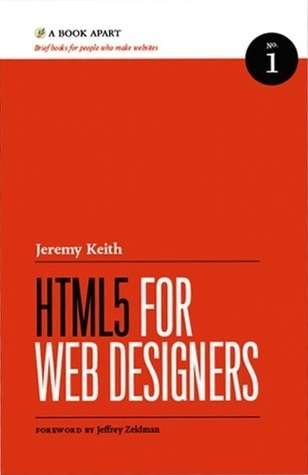
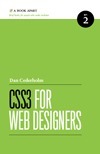

Books in series

HTML5 for Web Designers
2010

CSS3 For Web Designers
2010

The Elements of Content Strategy
2011

Responsive Web Design
2011

Designing for Emotion
2011

Mobile First
2011

Design Is a Job
2012
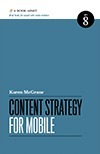
Content Strategy for Mobile
2012

Just Enough Research
2013

Sass for Web Designers
2013

On Web Typography
2014

You're My Favorite Client
2014

Responsible Responsive Design
2014

Designing for Touch
2015

Responsive Design
Patterns & Principles
2015

Going Responsive
2015

Git for Humans
2016

Design for Real Life
2016

Practical SVG
2016
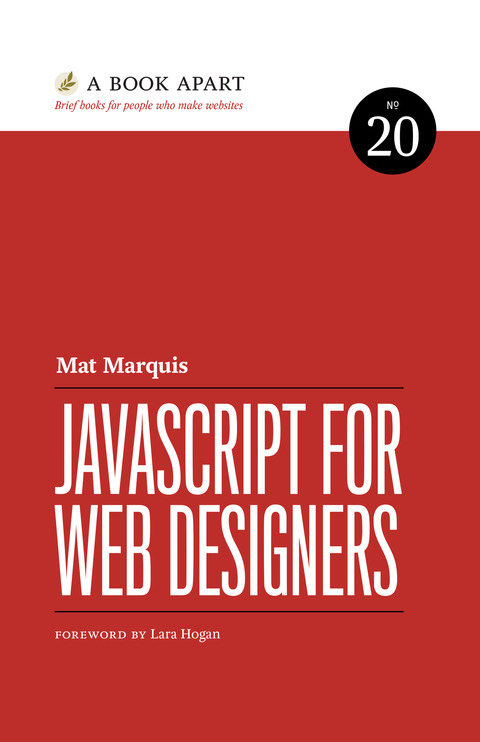
JavaScript For Web Designers
2016

Demystifying Public Speaking
2016

Practical Design Discovery
2017

Accessibility for Everyone
2017

The New CSS Layout
2017

Conversational Design
2018

Going Offline
2018
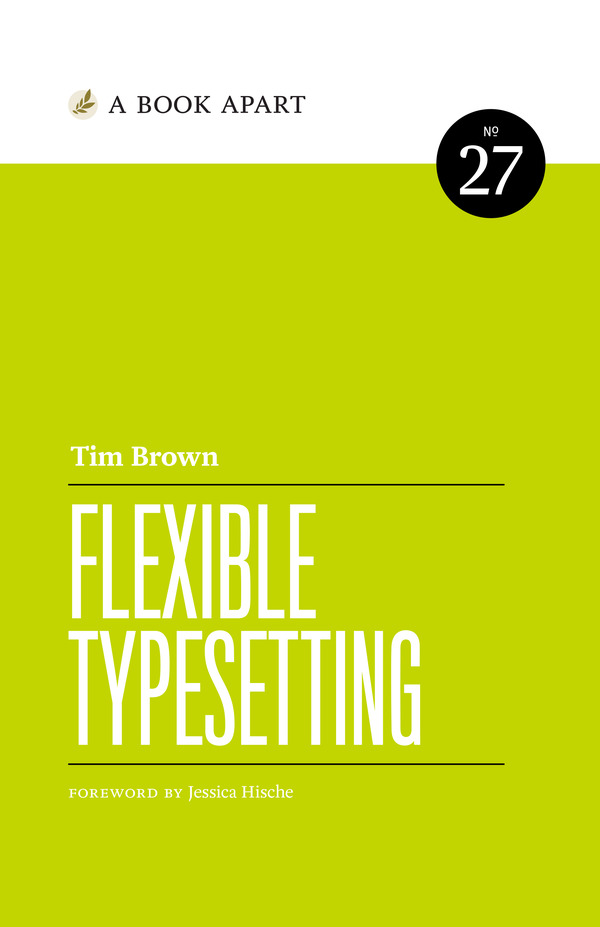
Flexible Typesetting
2018
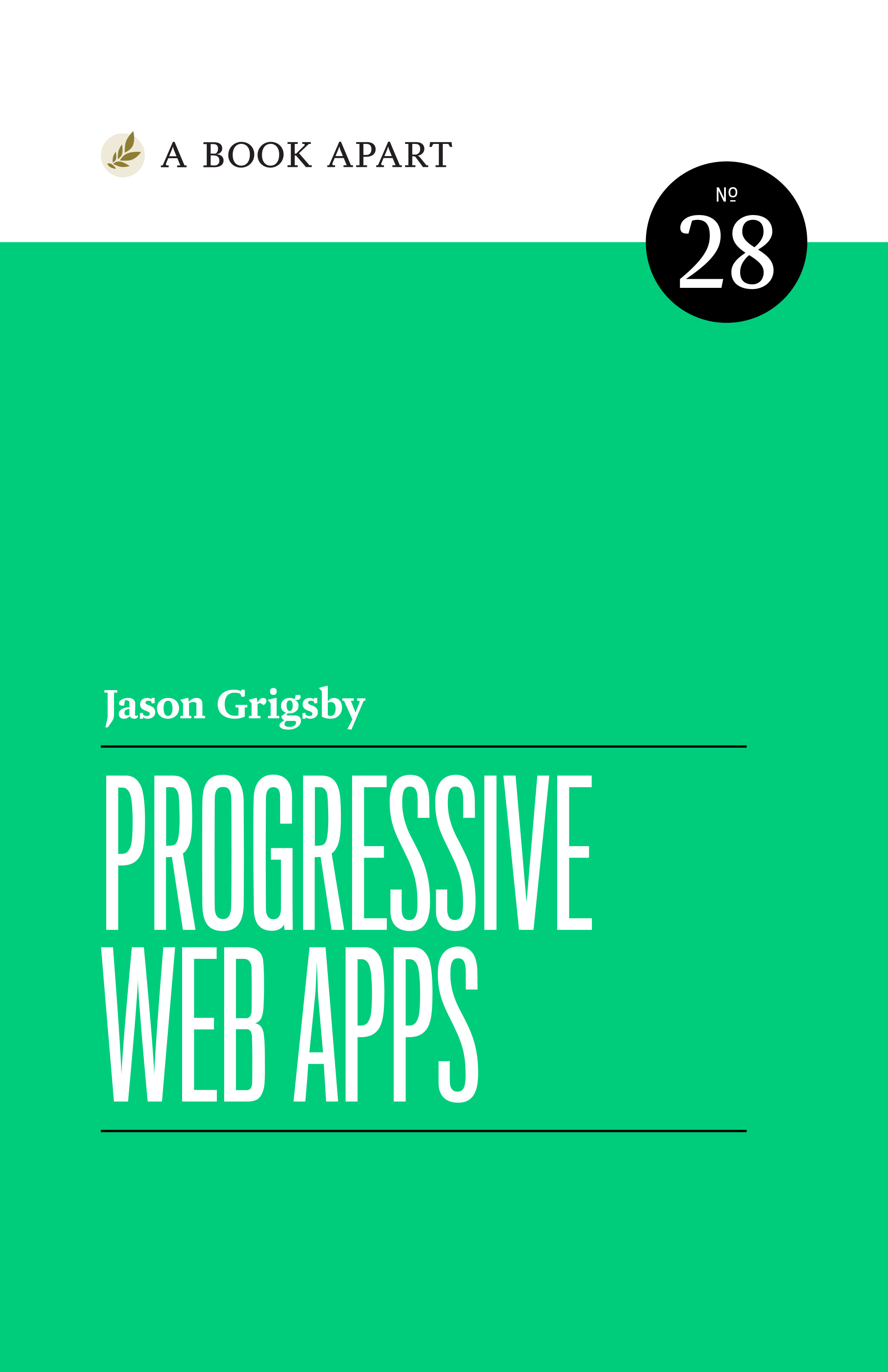
Progressive Web Apps
2018

Everyday Information Architecture
2019
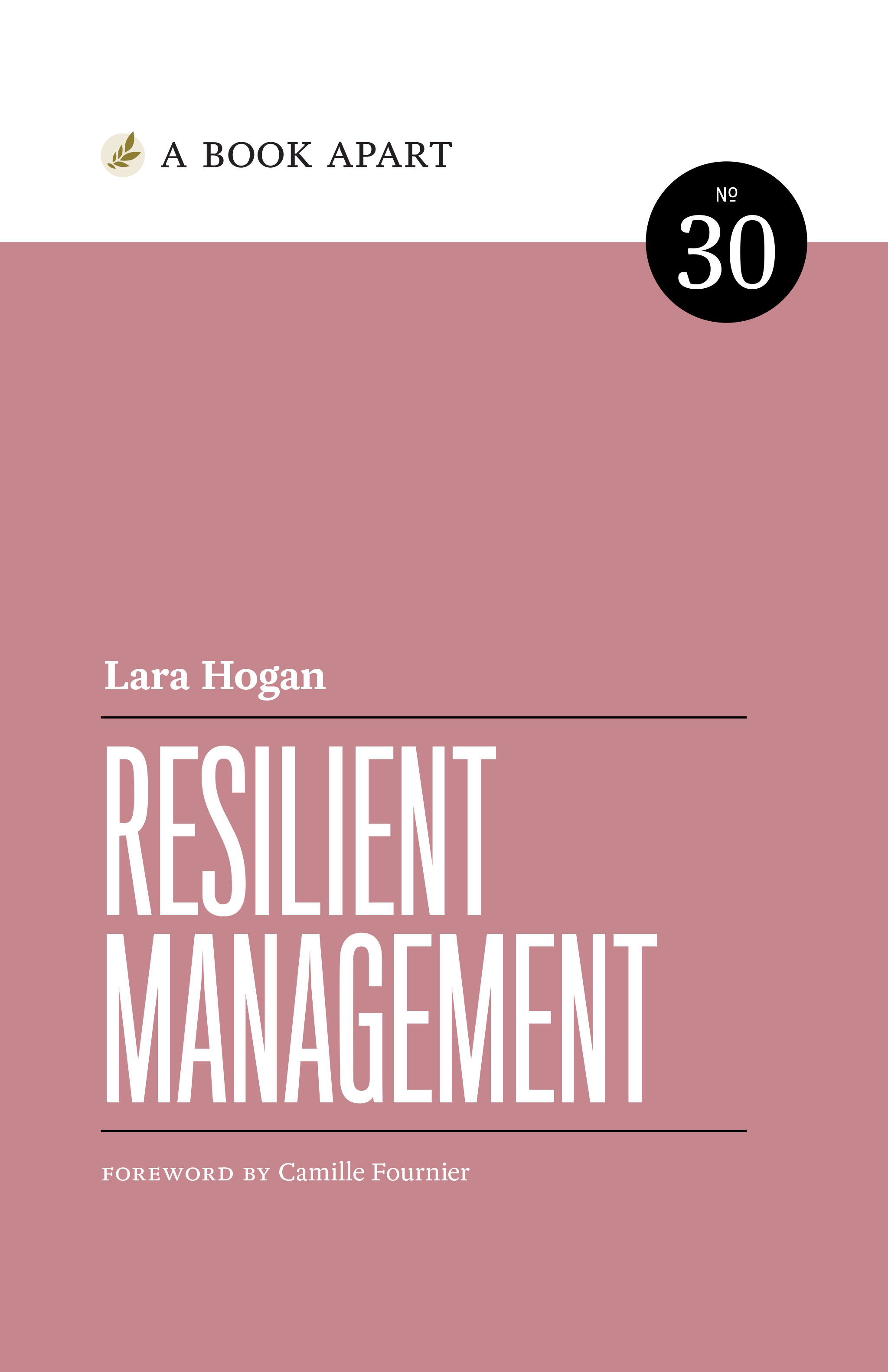
Resilient Management
2019

Expressive Design Systems
2019

Cross-Cultural Design
2020

Design for Cognitive Bias
2020

Sustainable Web Design
2020

Better Onboarding
2021
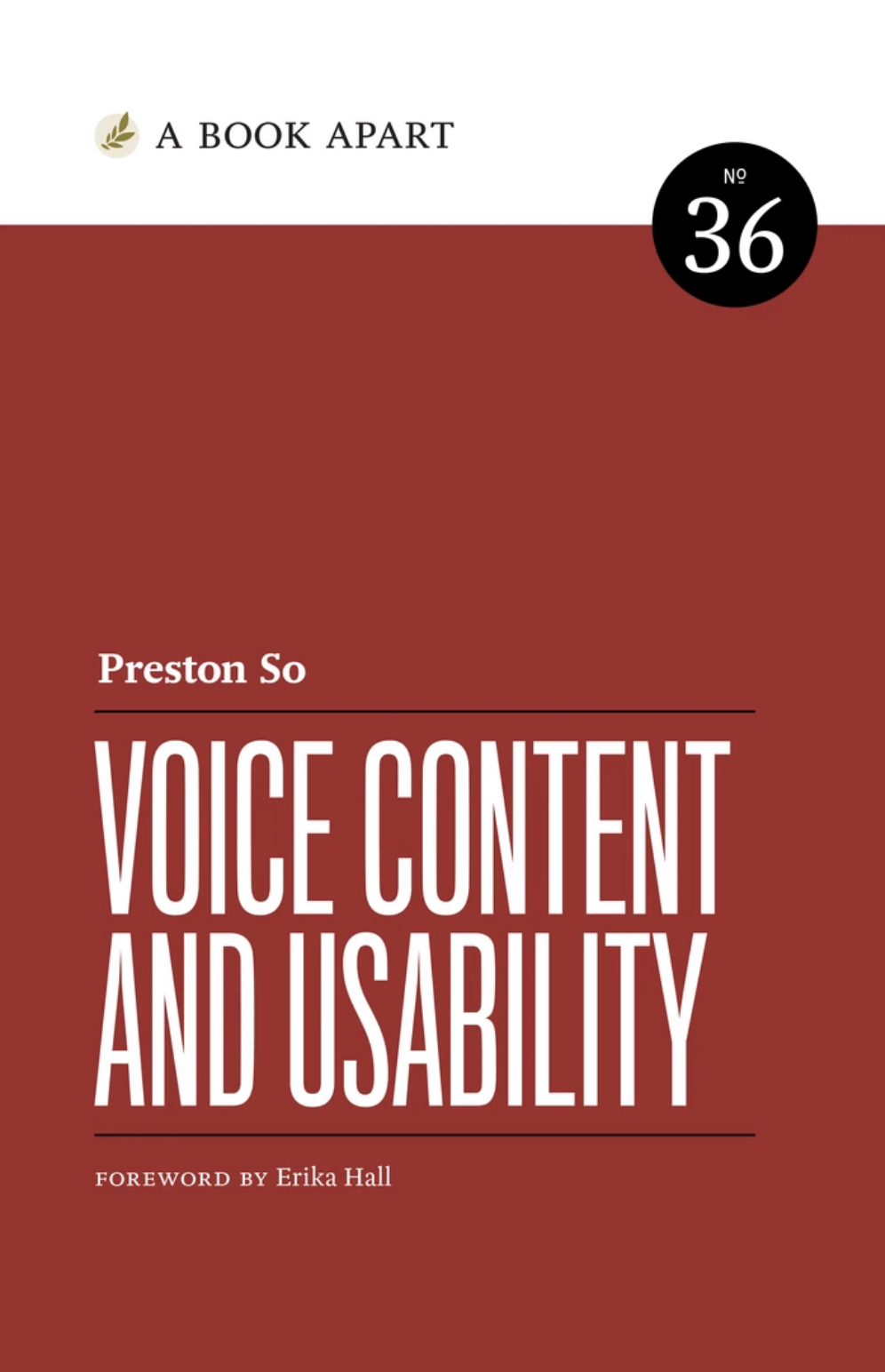
Voice Content and Usability
2021

Design for Safety
2021
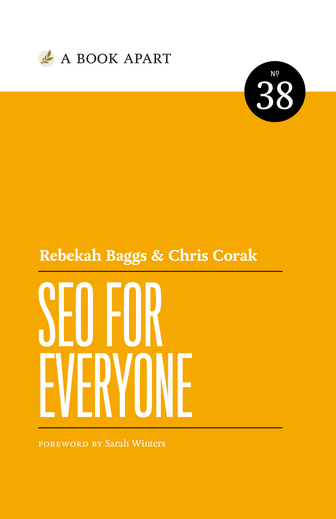
SEO For Everyone
2021

Responsible JavaScript
2021
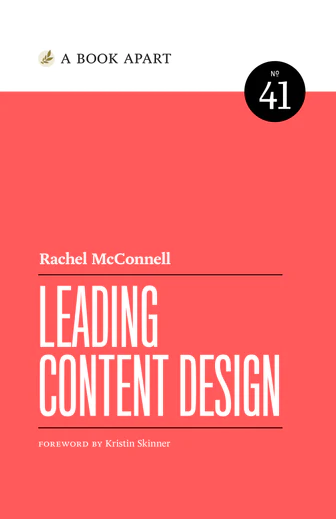
Leading Content Design
2022

Inclusive Design Communities
2022
Authors

A designer, author, speaker, husband and father living in Salem, Massachusetts. Dan is the Founder and Principal of SimpleBits, LLC, a tiny web design studio. A recognized expert in the field of standards-based web design, Dan has worked with YouTube, Microsoft, Google, MTV, ESPN, Electronic Arts, Blogger, Fast Company, Inc. Magazine, and others. With each new project, comes an opportunity to minimize markup and embrace the flexibility of CSS. Dan is co-founder and designer of Dribbble, a vibrant community for sharing screenshots of your work. Previously, he co-founded and designed Cork’d, the first social network for wine aficionados which was later acquired by Gary Vaynerchuk.
Some say the clothes make the man. Others say it’s opinions. Co-founder of Mule, Mike likes to have a bet both ways. His 2012 book, Design is a Job, was a love letter to hard work, self-awareness, and the importance of a good tailor. Mike cultivates his reputation around being serious about design, human rights, a damn fine joke, and the Phillies. His philosophy of supportive antagonism helps Mule create great internal and external projects. He has given talks about the responsibility of designers in client relationships at conferences such as CreativeMornings, TYPO, and An Event Apart. Mike received his BA in Fine Art from the Tyler School of Art at Temple University, and his MFA in Graphic Design from University of Texas, Austin.

LukeW is an internationally recognized digital product leader who has designed or contributed to software used by more than 700 million people worldwide. Luke was Co-founder and Chief Product Officer (CPO) of Bagcheck which was acquired by Twitter Inc. just nine months after being launched publicly. Prior to this, Luke was an Entrepreneur in Residence (EIR) at Benchmark Capital and the Chief Design Architect (VP) at Yahoo! Inc. where he worked on product alignment and forward-thinking integrated customer experiences on the Web, mobile, TV, and beyond. Luke is the author of the book Mobile First, two already popular Web design books (Web Form Design & Site-Seeing: A Visual Approach to Web Usability) and many articles about digital product design and strategy. He is also a consistently top-rated speaker at conferences and companies around the world, and a Co-founder and former Board member of the Interaction Design Association (IxDA).

Eric A. Meyer has been working with the Web since late 1993 and is an internationally recognized expert on the subjects of HTML and Cascading Style Sheets (CSS). He is the principal consultant for Complex Spiral Consulting and lives in Cleveland, Ohio, which is a much nicer city than you've been led to believe. A graduate of and former Webmaster for Case Western Reserve University and an alumnus of the same fraternity chapter to which Donald Knuth once belonged, Eric coordinated the authoring and creation of the W3C's CSS Test Suite and has recently been acting as List Chaperone of the highly active css-discuss mailing list. Author of "Eric Meyer on CSS" (New Riders), "Cascading Style Sheets: The Definitive Guide" (O'Reilly & Associates), "CSS2.0 Programmer's Reference" (Osborne/McGraw-Hill), and the fairly well-known CSS Browser Compatibility Charts, Eric speaks at a variety of conferences on the subject of standards, CSS use, and Web design. For nine years, he was the host of "Your Father's Oldsmobile," a weekly Big Band-era radio show heard on WRUW 91.1-FM in Cleveland. When not otherwise busy, Eric is usually bothering his wife Kat in some fashion.

Sameera Kapila is a product designer, speaker, and author based in Austin, TX. Her career experience includes advertising, startups, private and public design education, DEI initiatives, executive leadership, advisory boards, consulting, and product design and development. These different experiences inform her writing and speaking.

Ethan Marcotte is a veteran web designer, speaker, and author. He’s perhaps best known for responsive web design, helping the industry discover a new way of designing for the ever-changing Web. His most recent book is You Deserve a Tech Union .







